- Joined
- Apr 24, 2010
- Messages
- 12,923
- Reaction score
- 27,656
- Golden Thread
- 1
- Location
- Upper Canada 🇨🇦
- 🥇 Banner finds
- 1
- 🏆 Honorable Mentions:
- 3
- Detector(s) used
- XP Deus, Lesche Piranha 35 Shovel & 'Garrett Carrot'
- Primary Interest:
- Relic Hunting
On Thursday morning, the day started out with fog, drizzle and a cold wind, but with the thought of finding another breastplate dancing in my head, how could I stay away… that didn’t come out right! Lol!
 I went back to the same field I hunted on Tuesday, but decided to hit an ‘upper section’ that I’d yet to grid properly. I was only here for 2 hours as the cold, rain and the mud made detecting a challenge. On literally my last pass I found the 1812 coin, this find made the whole hunt worth it! I also found six more of the numbered aluminum tags, another Campbell Loop and a corrective horseshoe.
I went back to the same field I hunted on Tuesday, but decided to hit an ‘upper section’ that I’d yet to grid properly. I was only here for 2 hours as the cold, rain and the mud made detecting a challenge. On literally my last pass I found the 1812 coin, this find made the whole hunt worth it! I also found six more of the numbered aluminum tags, another Campbell Loop and a corrective horseshoe. 
Nowhere in British North America did the private copper tokens issued by merchants and others have a more fascinating evolutionary history than in Lower Canada - now Quebec. In the 1820s and 1830s, trade in Montreal, the colony's commercial centre, created a strong demand for coinage. As coins were often in short supply, privately produced tokens filled the void. Tokens were not legal tender and their circulation was against the law. However, this was little deterrent at a time when legal coins were scarce. The first private coppers were heavy pieces, about the same weight as the penny and halfpenny coins they supplemented.
However, by the 1830s the tokens were barely half the weight of the official coins and, at times, were so numerous that people would no longer accept them. Various tricks were therefore resorted to in order to make their circulation possible. One interesting approach was to copy the designs of tokens that had previously been of heavy weight and had enjoyed wide circulation. In 1832, a Montreal grocer named Tiffin issued copper halfpenny tokens. They bore the date 1812 and were imitations of much heavier pieces produced twenty years earlier. The obverse carried a bust of King George III surrounded by a wreath of oak leaves and acorns and the figure of a seated woman representing Commerce was the design on the reverse. The success of Tiffin's venture seems to have encouraged the production, in 1837, of another series of tokens of the ‘Bust and Commerce’ design that were also dated 1812. In the latter case, however, the pieces were crudely engraved and were struck in brass, a less expensive metal than pure copper.
Thanks very much for looking,
Dave
Attachments
-
 20150409_111420_resized-crop.webp54.6 KB · Views: 129
20150409_111420_resized-crop.webp54.6 KB · Views: 129 -
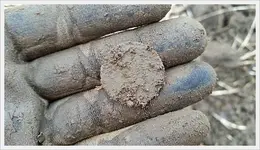 20150409_110530_resized.webp53.6 KB · Views: 122
20150409_110530_resized.webp53.6 KB · Views: 122 -
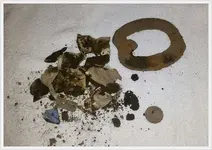 20150409_185602_resized-crop.webp59.2 KB · Views: 124
20150409_185602_resized-crop.webp59.2 KB · Views: 124 -
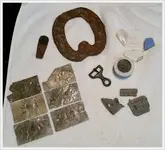 20150409_204032_resized-crop.webp57.6 KB · Views: 112
20150409_204032_resized-crop.webp57.6 KB · Views: 112 -
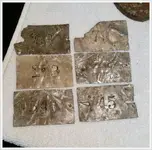 20150409_204109_resized-crop.webp83.5 KB · Views: 125
20150409_204109_resized-crop.webp83.5 KB · Views: 125 -
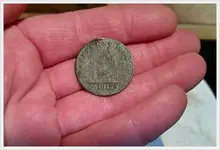 20150409_204338_resized-crop.webp32.6 KB · Views: 124
20150409_204338_resized-crop.webp32.6 KB · Views: 124 -
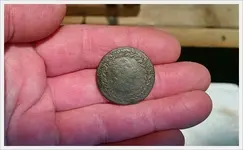 20150409_204408_resized-crop.webp29.8 KB · Views: 125
20150409_204408_resized-crop.webp29.8 KB · Views: 125 -
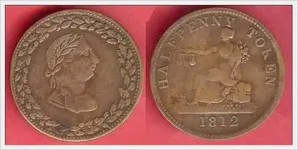 436_001-crop.webp29.6 KB · Views: 136
436_001-crop.webp29.6 KB · Views: 136
Upvote
9




